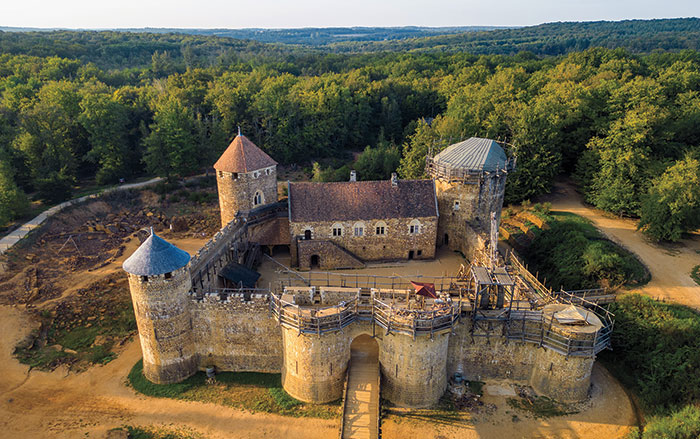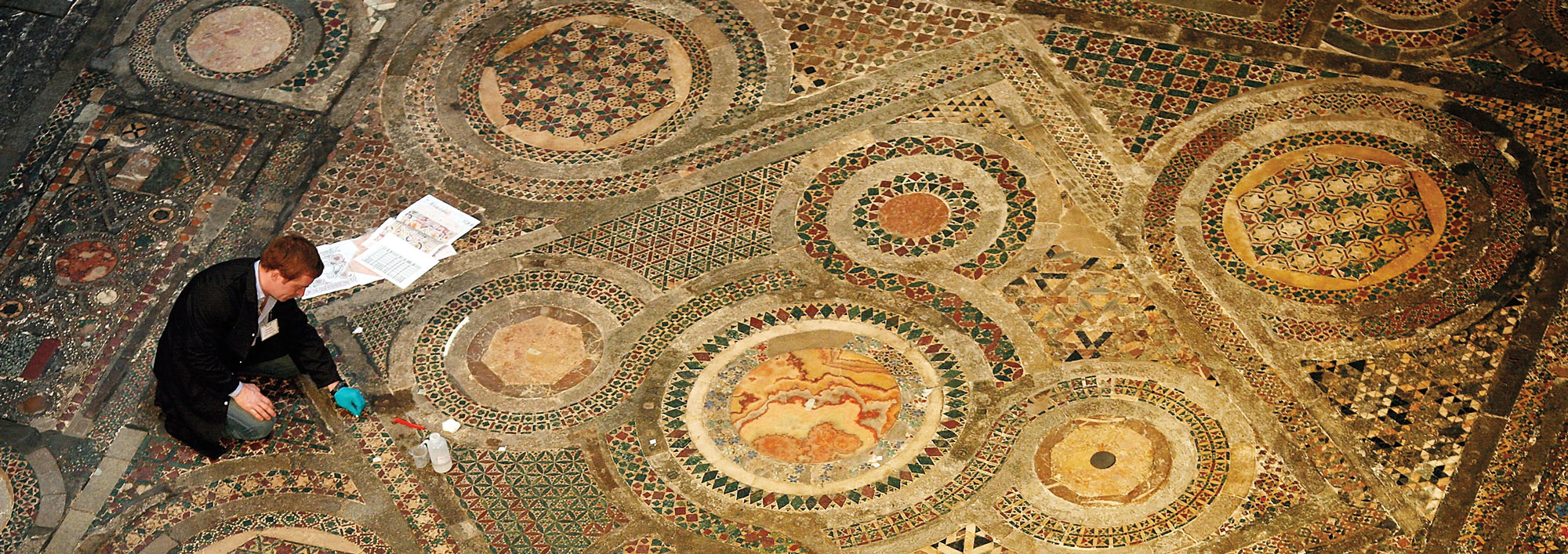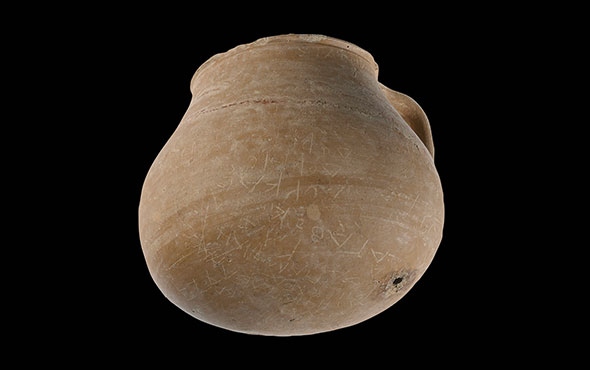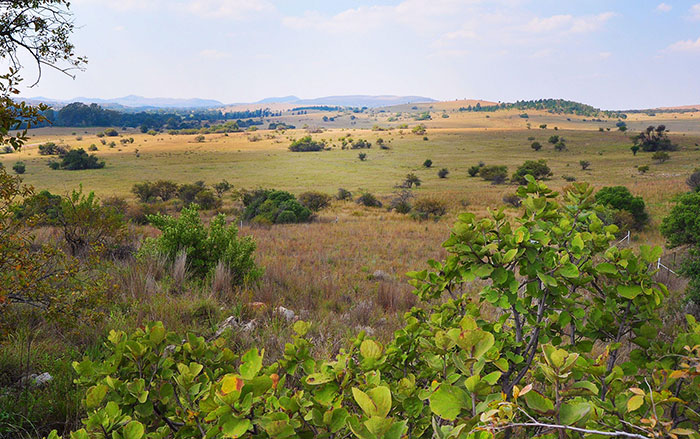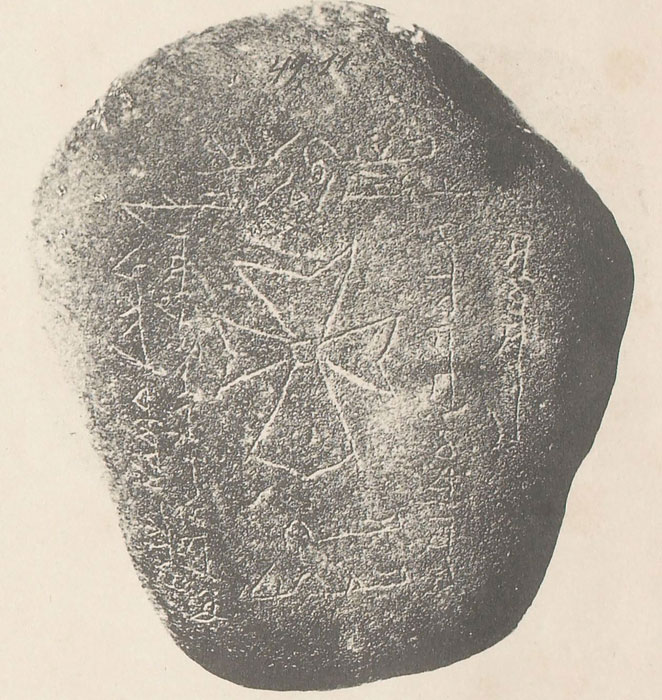
LEIPZIG, GERMANY—According to a statement released by the Max Planck Society, a new genetic study suggests that the Second Plague Pandemic, an outbreak of the Black Death that lasted from the fourteenth to the early nineteenth centuries, originated in Central Asia. The first clue came in the form of tombstones unearthed in Kyrgyzstan some 140 years ago. Inscriptions on the stones, written in Syriac, stated that the individuals died in the years 1338 and 1339 of an unknown illness. Phil Slavin of the University of Sterling and his colleagues analyzed DNA from human remains unearthed at two sites where such “pestilence” inscriptions were found, and detected the presence of the plague bacterium, Yersinia pestis. “We could finally show that the epidemic mentioned on the tombstones was indeed caused by plague,” he said. Further analysis of the plague genomes from the year 1338 showed that they were the source of the many different strains of the Black Death that were to come, added Maria Spyrou of the University of Tübingen. Modern strains that resemble the 1338 strain have been found in rodent populations around the Tian Shan Mountains, close to where the medieval source strain was identified. “This points to an origin of Black Death’s ancestor in Central Asia,” concluded Johannes Krause of the Max Planck Institute for Evolutionary Anthropology. Read the original scholarly article about this research in Nature. For more on Yersinia pestis, go to "A Killer Bacterium Expands Its Legacy."



